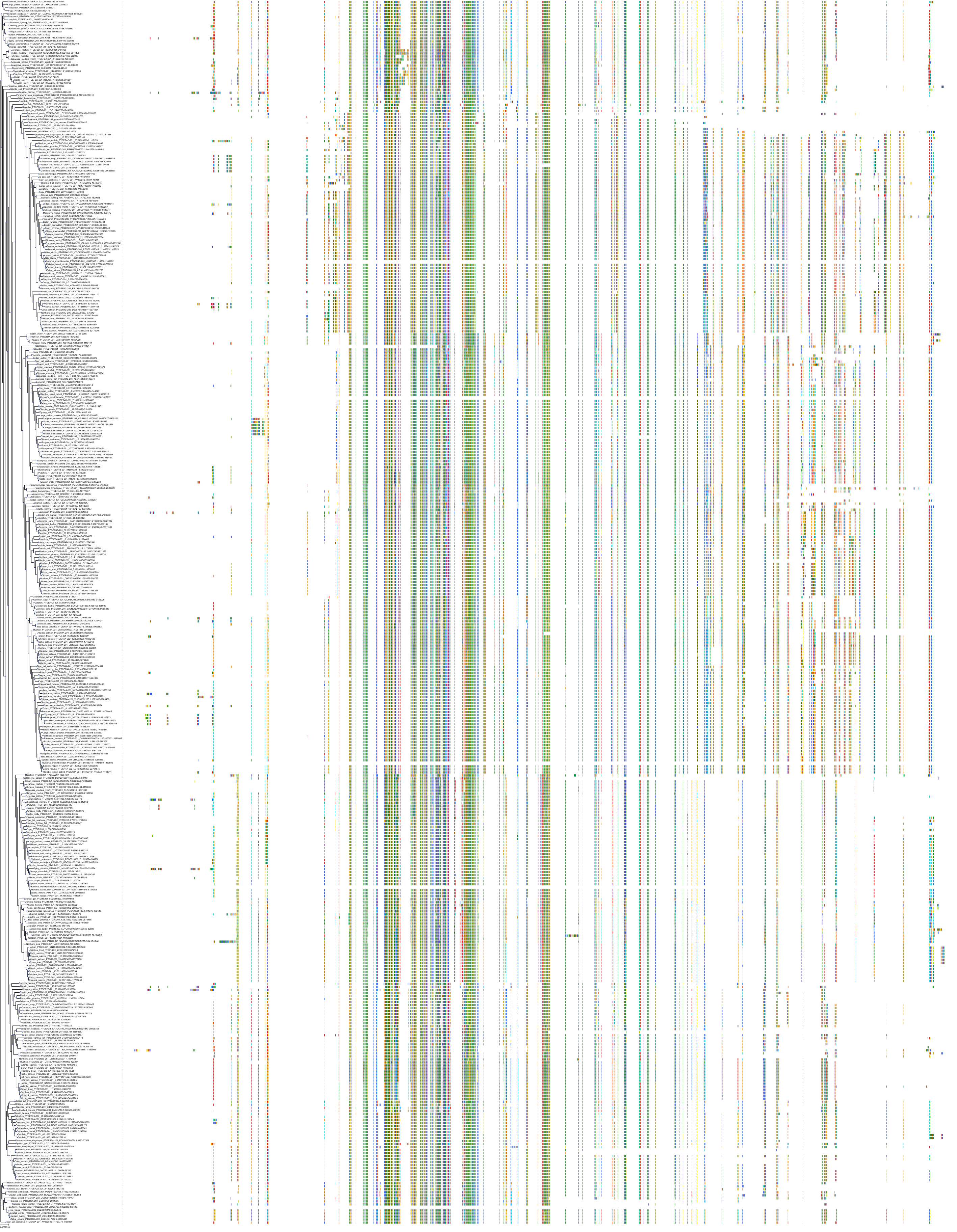| Synonyms | |
| Status | |
| Molecule Category | UNKNOWN |
| UNII | 81LDP7XIYG |
| EPA CompTox | DTXSID40143384 |
Structure
| InChI Key | NVPXUFQLKWKBHK-UHFFFAOYSA-N |
|---|---|
| Smiles | |
| InChI |
|
Physicochemical Descriptors
| Property Name | Value |
|---|---|
| Molecular Formula | C27H28N4O5S |
| Molecular Weight | 520.61 |
| AlogP | 3.99 |
| Hydrogen Bond Acceptor | 8.0 |
| Hydrogen Bond Donor | 0.0 |
| Number of Rotational Bond | 11.0 |
| Polar Surface Area | 103.62 |
| Molecular species | NEUTRAL |
| Aromatic Rings | 4.0 |
| Heavy Atoms | 37.0 |
Bioactivity
|
Protein: Prostanoid EP2 receptor Description: Prostaglandin E2 receptor EP2 subtype Organism : Homo sapiens P43116 ENSG00000125384 |
||||
Cross References
| Resources | Reference |
|---|---|
| ChEMBL | CHEMBL2105692 |
| FDA SRS | 81LDP7XIYG |
| PubChem | 23729077 |
| SureChEMBL | SCHEMBL13399045 |
| ZINC | ZINC000068204862 |









